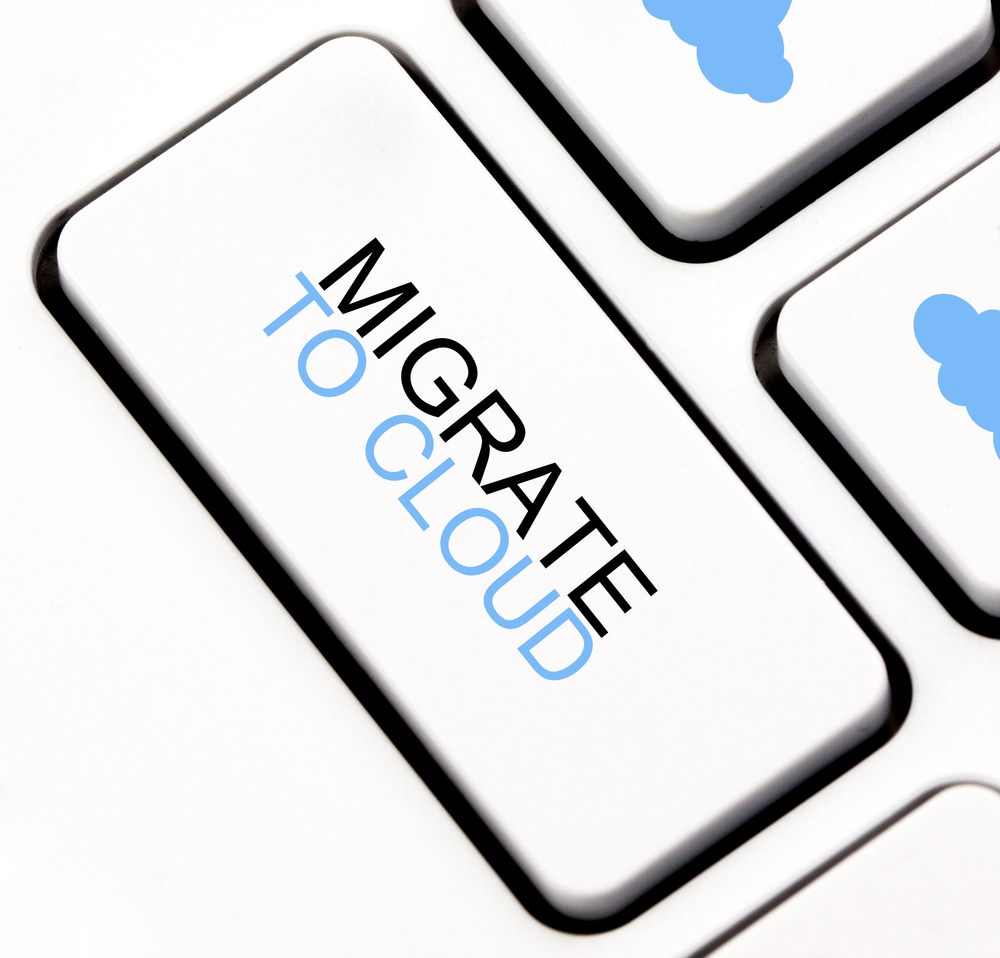Migrating from Lotus Notes to modern email platforms such as Office 365 or Google Workspace can be a complex task due to differences in architecture and functionalities. Here is a comprehensive guide to help ensure a smooth transition:
1. Comprehensive Planning
A. Define Objectives and Scope
- Goals: Clearly define the objectives of the migration, such as improving collaboration, enhancing security, reducing costs, or modernizing IT infrastructure.
- Scope: Identify which users, data, and applications will be migrated. Determine if the migration includes email only or if it will also cover calendars, contacts, and applications built on the Lotus Notes platform.
B. Timeline and Milestones
- Schedule: Develop a detailed timeline with specific milestones to keep the project on track.
- Deadlines: Set realistic deadlines for each phase of the migration to ensure timely completion.
2. Pre-Migration Assessment
A. Inventory and Analysis
- Data Inventory: Conduct a thorough inventory of all Lotus Notes data, including emails, archives, applications, and databases.
- Current Usage: Analyze the current usage patterns and dependencies on Lotus Notes to identify critical data and applications that need to be migrated.
B. Compatibility Check
- Platform Evaluation: Compare the features and capabilities of modern email platforms like Office 365 and Google Workspace to ensure they meet your organization’s needs.
- Integration: Ensure compatibility with existing tools and systems.
3. Choosing the Right Migration Strategy
A. Migration Types
- Big Bang Migration: Migrate all users and data at once. Suitable for small to medium-sized organizations with fewer users.
- Phased Migration: Migrate users and data in phases to minimize disruption and allow for adjustments. Ideal for larger organizations.
- Hybrid Migration: Maintain coexistence between Lotus Notes and the new platform for a period. Suitable for very large organizations with complex requirements.
B. Pilot Testing
- Pilot Group: Select a pilot group of users to test the migration process and identify potential issues.
- Feedback: Gather feedback from the pilot group to make necessary adjustments before full-scale migration.
4. Data Preparation and Cleanup
A. Data Cleanup
- Redundant Data: Remove duplicate and obsolete emails and data to reduce the volume to be migrated.
- Organize: Arrange data into well-structured folders to facilitate easier migration and retrieval.
B. Data Backup
- Full Backup: Perform a full backup of all Lotus Notes data to prevent data loss during migration.
- Verification: Verify the integrity and completeness of the backup.
5. Security Measures
A. Data Encryption
- Encryption: Ensure data is encrypted during transit and storage to protect sensitive information.
- Access Controls: Implement strict access controls to safeguard data during the migration process.

B. Compliance
- Regulations: Ensure the migration process complies with relevant regulations, such as GDPR or HIPAA.
6. Migration Execution
A. Migration Tools
- Vendor Tools: Use vendor-provided migration tools designed for Lotus Notes to Office 365 or Google Workspace migrations. Examples include Quest, BitTitan, and Transend.
- Custom Scripts: Develop custom scripts if needed to handle specific migration requirements.
B. Monitoring and Support
- Monitor Progress: Continuously monitor the migration process to ensure data is being transferred correctly.
- Support Team: Have a dedicated support team ready to address any issues that arise during the migration.
7. Post-Migrating Activities
A. Data Verification
- Integrity Check: Verify that all emails, contacts, calendar entries, and applications have been successfully migrated.
- System Testing: Test the new system to ensure all functionalities are working as expected.
B. User Training and Communication
- Training Sessions: Conduct training sessions to help users familiarize themselves with the new platform.
- Communication Plan: Keep users informed about the migration process, expected downtime, and any actions they need to take.
8. Application Migrating
A. Application Inventory
- Identify Applications: List all applications built on Lotus Notes that need to be migrated or replaced.
- Prioritization: Prioritize applications based on business criticality and usage.
B. Rebuild or Replace
- Rebuild: Rebuild critical applications on the new platform using native tools (e.g., PowerApps for Office 365).
- Replace: Replace non-critical applications with equivalent functionality available on the new platform.
9. Performance Optimization
A. System Monitoring
- Usage Analytics: Use analytics tools to monitor system performance and user activity.
- Issue Resolution: Identify and resolve any performance issues promptly to ensure a smooth user experience.
B. Continuous Improvement
- Regular Updates: Keep the new email system updated with the latest features and security patches.
- User Feedback: Continuously collect and act on user feedback to improve the system.
Conclusion
Migrating from Lotus Notes to a modern email platform requires meticulous planning, thorough assessment, and careful execution. By defining clear objectives, choosing the right migration strategy, preparing data, implementing robust security measures, and providing comprehensive user training and support, organizations can ensure a smooth transition and maximize the benefits of the new email platform.

